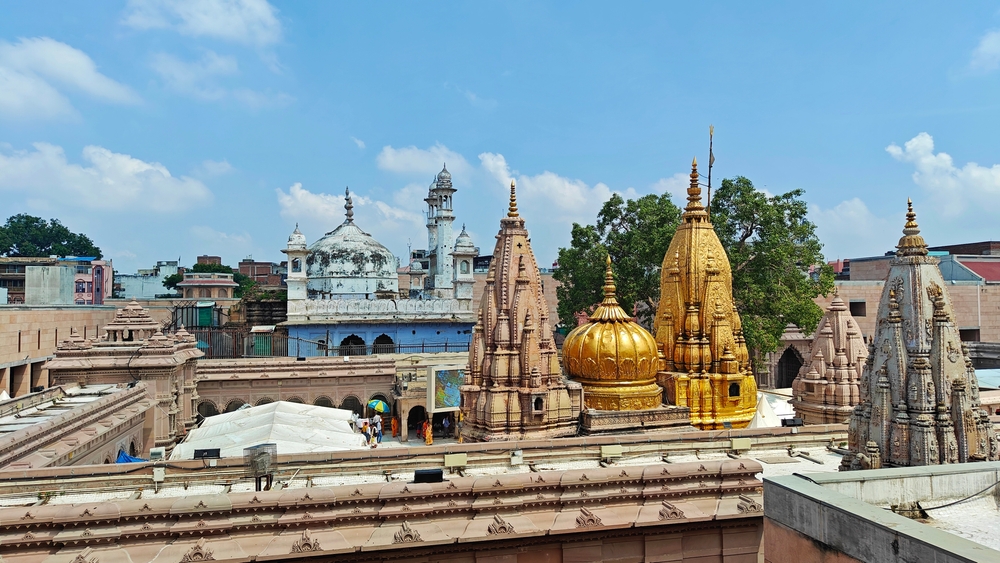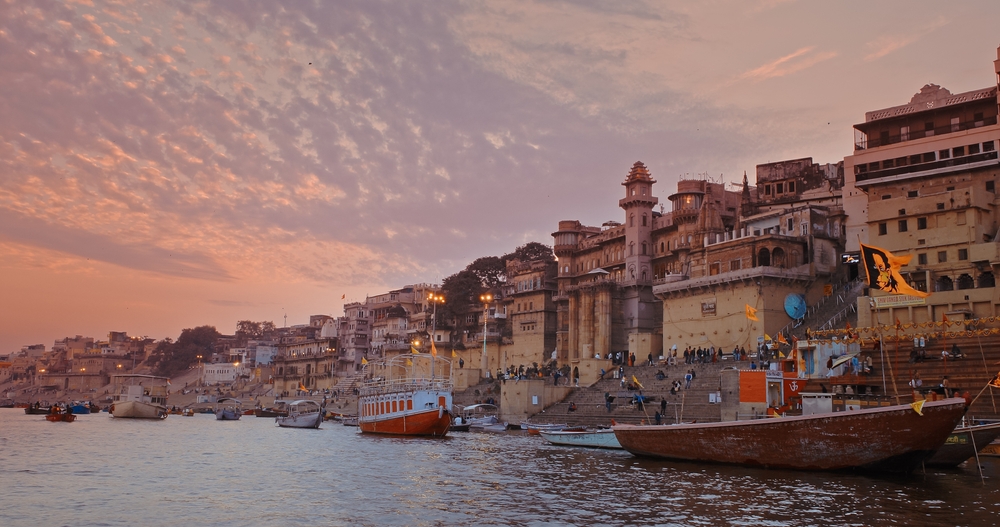Introduction
Banaras, also known as Varanasi or Kashi, is one of the oldest continuously inhabited cities in the world. Nestled on the banks of the sacred Ganges River in Uttar Pradesh, India, Banaras is a city that blends history, spirituality, and culture. This ancient city has been a center of learning, religion, and trade for thousands of years, drawing pilgrims, scholars, and travelers from across the globe.
In this comprehensive guide, we will take a deep dive into the history of Banaras, exploring its origins, cultural significance, and its evolution over centuries.
The Ancient Origins of Banaras
Banaras finds mention in ancient scriptures like the Rigveda, Puranas, and the Mahabharata. It is believed that Lord Shiva himself founded the city over 3,000 years ago. The city’s spiritual aura has attracted sages and seers, making it a focal point of Hinduism, Buddhism, and Jainism.
Key Historical Facts About Banaras:
- Vedic Era: The city was a major center of knowledge and spirituality during the Vedic period.
- Buddhism and Jainism: Gautama Buddha delivered his first sermon at Sarnath, a site near Banaras, marking the beginning of Buddhism. The city was also home to the 23rd Jain Tirthankara, Parshvanatha.
- Gupta Period: During the Gupta Empire (4th-6th century CE), Banaras flourished as a hub for art, culture, and education.
Medieval Banaras: A Center of Trade and Culture

During the medieval period, Banaras became a prominent trade center, known for its silk weaving, ivory craftsmanship, and metalwork. The city saw invasions and reconstructions under various rulers, including the Mughals and Rajputs.
Important Events in Medieval Banaras:
- Muslim Rule: Despite challenges, Hindu culture and traditions persisted under Muslim rulers. The Kashi Vishwanath Temple was demolished and rebuilt several times.
- Mughal Influence: Emperor Akbar granted land for the reconstruction of temples, while Aurangzeb later ordered the demolition of the Kashi Vishwanath Temple.
Banaras During British Rule
With the arrival of the British in India, Banaras witnessed significant political and economic changes. In 1910, the British formally recognized Banaras as a princely state, ruled by the Kashi Naresh (King of Banaras). The city continued to thrive as a religious and cultural hub.
Key Developments During British Rule:
- Establishment of Banaras Hindu University (BHU): Founded by Pandit Madan Mohan Malaviya in 1916, BHU became a leading institution for higher education in India.
- Freedom Movement: Banaras played an active role in India’s independence struggle, with leaders like Mahatma Gandhi frequently visiting the city.
Modern Banaras: A Blend of Tradition and Progress
Today, Banaras is a major tourist destination, attracting millions of visitors annually. It is renowned for its ghats, temples, and cultural heritage. The city has also embraced modernization with improved infrastructure, better connectivity, and a thriving economy.

Key Attractions of Banaras:
- Kashi Vishwanath Temple: One of the 12 Jyotirlingas, this temple is the spiritual heart of the city.
- Dashashwamedh Ghat: Famous for its evening Ganga Aarti, this ghat is a must-visit.
- Sarnath: A sacred Buddhist site where Lord Buddha gave his first sermon.
- Banarasi Silk Sarees: Known worldwide for their intricate craftsmanship and luxurious feel.
Conclusion
Banaras is not just a city; it is a living testament to India’s glorious past and vibrant culture. From being a cradle of spirituality to evolving into a modern metropolis, Banaras continues to inspire and enchant. Whether you are a history enthusiast, a spiritual seeker, or a cultural explorer, Banaras has something to offer.
If you plan to visit Banaras, immerse yourself in its divine energy, explore its historical sites, and witness the timeless beauty of the Ganges. This city truly embodies the essence of India’s rich heritage and eternal traditions.



